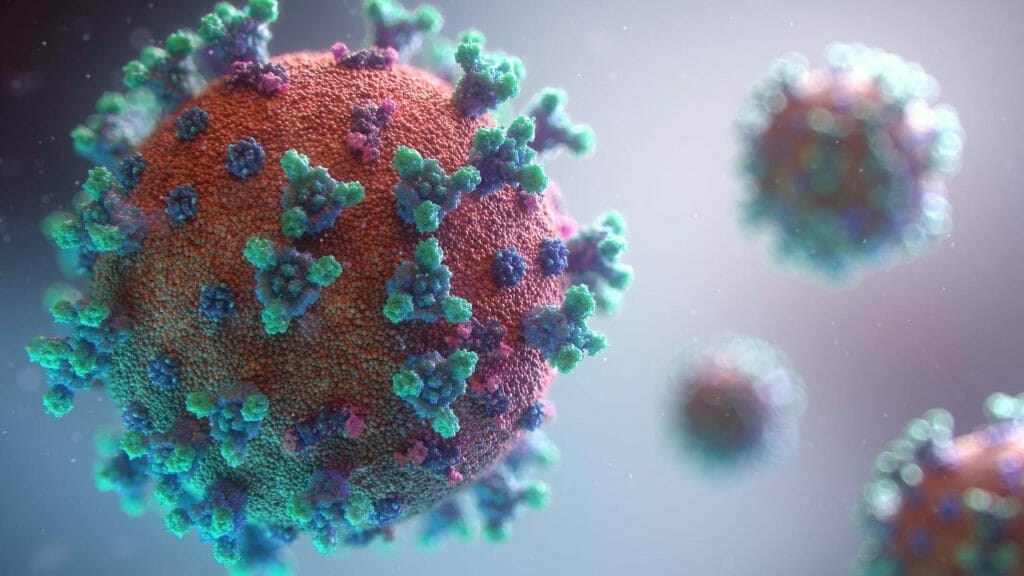Sixth Wave Innovations (SIXW.C) announced an update regarding the grant sponsored by the Natural Sciences and Engineering Research Council of Canada (NSERC) and its associated research.
The grant is titled ‘Point-of-need Microfluidic Biosensor for Detecting Airborne Viruses using Molecularly Imprinted Polymers: Towards COVID-19 Virus Monitoring’, the goal of which is to develop a portable, low-cost technology for rapid on-site air sampling and detection of aerosol and droplet-encapsulated viruses indoors and outdoors.
The patent-pending Accelerated Molecular Imprinted Polymers (AMIP) technology uses a colorimetric detection method that allows it to identifies the presence of a target by means of a colour regent. Essentially, the colorimetric detection allows you to see the presence of a target by observing a change in colour.

The project is a collaboration between Sixth Wave, York University, and the Centre Technologique des Residus Industriels (CTRI) which started last year on August 1, 2020.
“The NSERC Project has made significant progress in advancing the capabilities of Sixth Wave’s AMIP technology,” commented Dr. Garrett Kraft, Vice President of Innovation at Sixth Wave. “The collaboration has progressed to producing prototype detection elements for electrochemical and fluorescent detection. These detection elements have been designed to be compatible with advanced microfluidic devices such as those developed and patented by our collaborator Dr. Pouya Rezai, Associate Professor of Mechanical Engineering at York University. The prototypes have demonstrated selective binding and detection of multiple pathogenic agents including bacteria and viruses.”
The collaboration has focused on designing a prototype (or potentially many prototypes) that uses the AMIP technology to detect pathogens in airborne, water, and wastewater environments. This would allow for a two-pronged approach to testing for COVID-19, with individual tests being paired with environmental testing. This would allow for constant monitoring of HVAC systems in crowded spaces like buildings and public transportation and public water systems, identifying groups of people to test individually to figure out who in the group or area is infected.
Sixth Wave says that their collaboration with York and CTRI has yielded new configurations and potential applications for the AMIP technology. The most noteworthy is the integration of the technology with continuous flow processing, which allows for constant monitoring by systems. This capability could allow HVAC systems and wastewater treatment plants to automatically monitor what is passing through, and whether what is passing through is carrying any particular virus or bacteria.
The research being done at York University has helped demonstrate the potential for integration of the technology into a variety of sensor arrays and detection mechanisms including electrochemical and fluorescent-based sensors. That work is what will allow them to identify a variety of pathogens, including viruses and bacteria. Because of their differing sizes, viruses and bacteria are difficult to detect using the same methods, so this demonstration is significant. Sixth Wave even called it a “major milestone” which is hard to disagree with. If Sixth Wave can adapt the system to detect common viruses like the seasonal flu they can ensure that the technology is not just fit for purpose during a pandemic, but rather can provide useful information during the annual flu season. That being said, it’s also worth noting that, even though COVID-19 cases are down here in Canada, that’s not the case everywhere.

Multiple countries, like Spain, the UK, the US, Indonesia, Iran, and India have all had hundreds of thousands of COVID-19 cases in the last two weeks. Last month, Sixth Wave demonstrated that their AMIP system could detect the B.1.1.7 variant (usually referred to as the British variant). Now, nobody seems to care about the British variant, and it’s the Delta variant that’s grabbing headlines these days, having become the dominant strain worldwide. The B.1.1.7 variant was identified in December and Sixth Wave only proved that the AMIP system could spot it by June, so if they want to use their system on the Delta they should act faster this time, as at the same pace as before, by the time they prove their system can identify the Delta variant we will already be on the Theta variant.
All that being said, Sixth Wave and their partners continue to demonstrate the flexibility and wide net cast by their AMIP system, which will allow the system to potentially remain relevant and have a number of useful applications going forward.

Following the news, Sixth Wave shares are up half a cent and are currently trading at $0.305.
Full disclosure: Sixth Wave Innovations is an Equity Guru marketing client.







